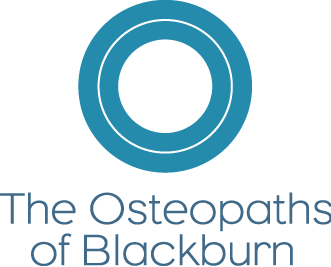Tension headaches. Ain’t no body got time for that
3:30pm. It’s that time of day. For some, it’s time to start the 5 o’clock count down; others might wish they were eating real chocolate instead of a raw cacao protein ball alternative that’s just like a dense bitter ball of disappointment but you are trying to convince yourself that it tastes ok (guilty). Some remember to do their footy tips, send important emails or nail a level or ten in candy crush. For some, it’s an excuse to visit the new attractive barista across the road (delicious); and for the unlucky cohort, it’s the time of day where headaches start to hit. Big time.
If you fall into the latter (and you don’t have an attractive Spanish barista who can take the edge off with their caffeinated beverages and European undertones) then your osteopath can certainly help! (European undertones are not guaranteed)
With a large portion of our population working in jobs that require long periods of sitting or standing, the incidence of tension headache is increasing. Tension headaches are caused by sustained contraction of the muscles that surround the face and neck. They are frequently associated with mental stress and increased periods of tension. The most common site to feel a tension headache is around the front and sides of the head and it is often described as a ‘tight band’.
There are many things your osteopath can do to help decrease the tension in the muscles and joints surrounding your neck and face. However if you suffer from frequent tension headaches or related pain, it is really important that you undertake some simple exercise and lifestyle changes so as to help decrease the frequency and severity of your headaches.
1) Neck stretching and strengthening
At your next appointment talk to your osteopath about your headaches symptoms – where appropriate we can devise an individualised exercise program according to your specific needs. By doing exercises that increase the flexibility and strength of cervical musculature headache symptoms may be relieved by improving posture and minimising strain on the neck.
2) Take regular breaks
Sitting or standing in one position for a long time can create extra tension in the muscles of your neck, head and back. Try and make an effort to stand up from your desk at least 1-2 times per hour. You could even incorporate these breaks with your stretching program.
3) Get your eyes assessed
You may be straining the muscles of your eyes when reading or looking at computer screens for too long. Wearing glasses or contact lenses if appropriate may help to relieve some of this tension and help reduce your headache symptoms.
4) Exercise
The body was not made to be still – muscles and joints love to move! By getting your blood pumping, oxygen and nutrients are delivered to the tissues allowing them to function optimally. Exercise is also a fantastic avenue for stress relief after a long day at work, or whilst you are juggling a busy family schedule.
5) Drink plenty of water
Adequate hydration will keep your muscles happy. It may also give you an excuse to stand up from your desk regularly.
6) Relieve that stress!
There are plenty of different stress-busting activities you can do so find something that suits you. Pilates, meditation, breathing exercises, swimming, arts and craft, building a pillow/blanket fort and reading are just a few ideas. Remember to take time out of your busy day to concentrate on yourself and your own needs.
If you have any questions regarding these strategies and ideas, ask your osteopath today!

